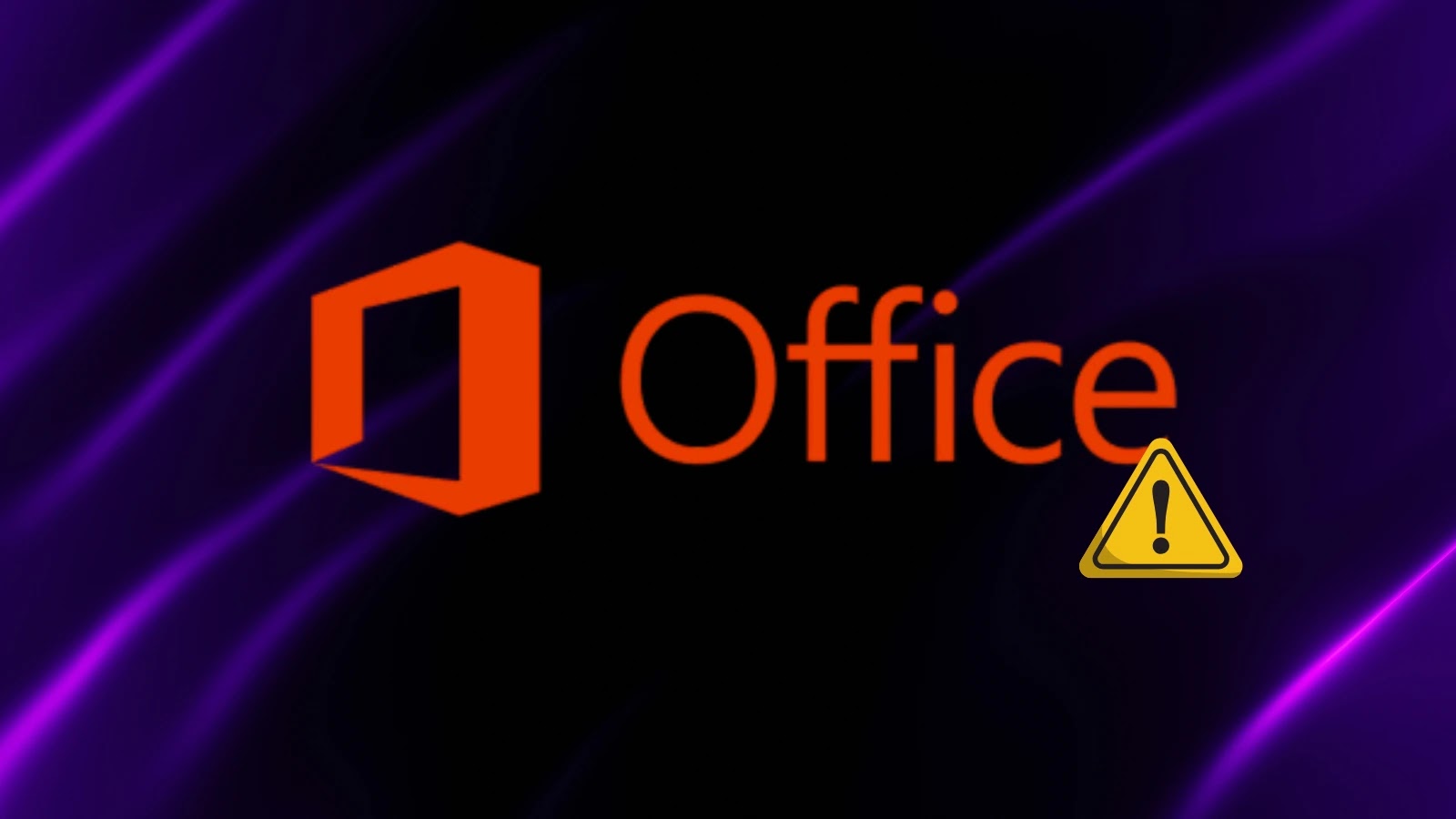
Microsoft Office Vulnerabilities Let Attackers Execute Malicious Code Remotely
Urgent Alert: Critical Microsoft Office Vulnerabilities Enable Remote Code Execution
The digital landscape is under perpetual siege, and the latest threat comes in the form of recently disclosed critical vulnerabilities within Microsoft Office. These security flaws, if exploited, could allow attackers to execute malicious code remotely on affected systems, posing a significant risk to organizations and individual users globally. Staying informed and acting swiftly is paramount to maintaining a robust cybersecurity posture.
Understanding the Threat: Microsoft Office RCE Vulnerabilities
Microsoft has issued crucial security updates to address three severe vulnerabilities impacting multiple versions of Microsoft Office. These vulnerabilities, categorized as Remote Code Execution (RCE) flaws, essentially provide an attacker with a backdoor to compromise your system and execute arbitrary code without direct user interaction, often simply by opening a maliciously crafted document.
- CVE-2025-53731: This critical vulnerability, if exploited, could lead to arbitrary code execution, enabling attackers to take full control of affected systems.
- CVE-2025-53740: Another serious RCE flaw that grants attackers the ability to run malicious code remotely, potentially leading to data theft, system compromise, or further network infiltration.
- CVE-2025-53730: Completing the trio, this vulnerability also facilitates remote code execution, emphasizing the widespread nature of these critical security risks in Microsoft Office.
The implications of these Microsoft Office RCE vulnerabilities are far-reaching. Successful exploitation could lead to data breaches, ransomware attacks, and the installation of persistent malware, severely impacting productivity and trust.
Who is Affected by These Office Flaws?
These vulnerabilities affect multiple versions of Microsoft Office, making a broad spectrum of users and organizations susceptible. While specific versions are not detailed in the immediate disclosure, the general nature of the Office suite’s widespread use means that both enterprise environments and individual users running various editions of Office are at risk. It’s crucial to assume your setup may be vulnerable until proven otherwise through patching.
Remediation Actions: Securing Your Microsoft Office Environment
Immediate action is required to mitigate the risks posed by these critical Microsoft Office vulnerabilities. Prioritizing these steps will significantly reduce your attack surface and protect your systems from potential compromise.
- Apply Security Updates Immediately: The most crucial step is to install the latest security updates released by Microsoft. These patches directly address and fix the identified vulnerabilities. Utilize Windows Update or your organization’s patch management system to ensure all Office installations are current.
- Enable Macro Security: Configure Microsoft Office to disable macros by default or only allow digitally signed macros from trusted sources. Many RCE exploits leverage malicious macros.
- Exercise Caution with Untrusted Documents: Avoid opening email attachments or documents from unknown or suspicious sources. Even legitimate-looking documents can be weaponized.
- Implement Principle of Least Privilege: Ensure users operate with the minimum necessary permissions. This can limit the damage an attacker can inflict even if they manage to execute code.
- Regular Backups: Maintain regular, secure backups of critical data. In the event of a successful attack, this allows for data recovery without succumbing to ransomware demands.
- Network Segmentation and EDR: Implement robust network segmentation to limit lateral movement within your network. Deploy Endpoint Detection and Response (EDR) solutions to monitor for suspicious activity and prevent exploit execution.
Tools for Detection and Mitigation
Leveraging appropriate tools can significantly aid in identifying vulnerable systems and enhancing your overall security posture against Microsoft Office vulnerabilities.
| Tool Name | Purpose | Link |
|---|---|---|
| Microsoft Update | Primary tool for applying vendor-provided security patches. | Microsoft Support Link |
| Vulnerability Scanners (e.g., Nessus, Qualys) | Identifies unpatched systems and known vulnerabilities across the network. | Tenable Nessus |
| Endpoint Detection and Response (EDR) Solutions | Monitors endpoints for malicious activity, detects exploits, and enables rapid response. | Vendor-specific (e.g., CrowdStrike, SentinelOne) |
| File Analysis Tools (e.g., Any.Run, VirusTotal) | Analyzes suspicious Office documents for malicious content and behavior. | Any.Run |
Key Takeaways for Bolstering Your Defenses
The disclosure of these critical Microsoft Office vulnerabilities underscores the necessity of continuous vigilance and proactive security measures. Do not delay in applying the necessary security updates released by Microsoft. These RCE flaws, CVE-2025-53731, CVE-2025-53740, and CVE-2025-53730, represent a significant avenue for attackers to compromise systems. Prioritize patching, empower your users with security awareness training, and implement a layered security approach to protect your valuable assets. Your organization’s security relies on swift and informed action.





